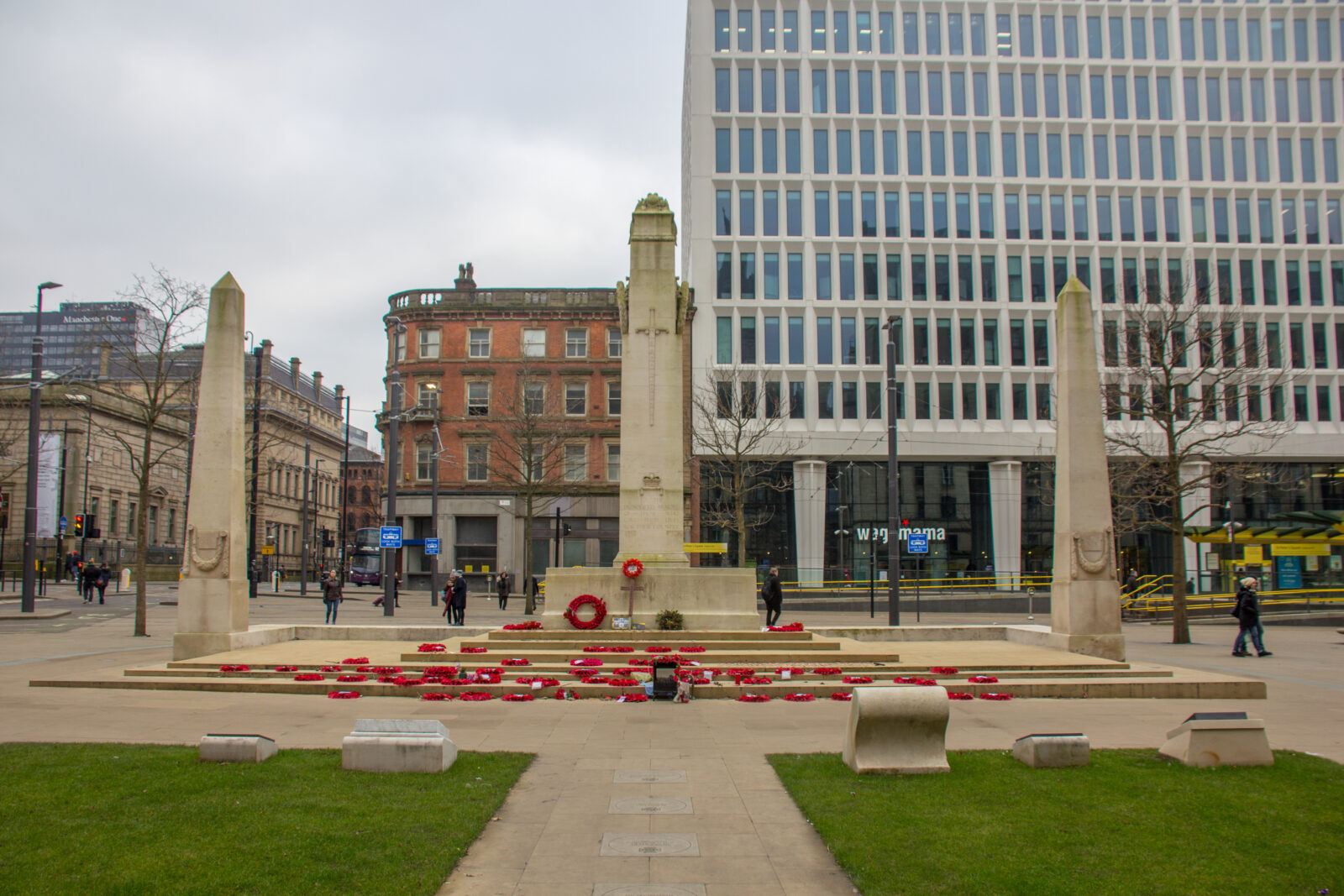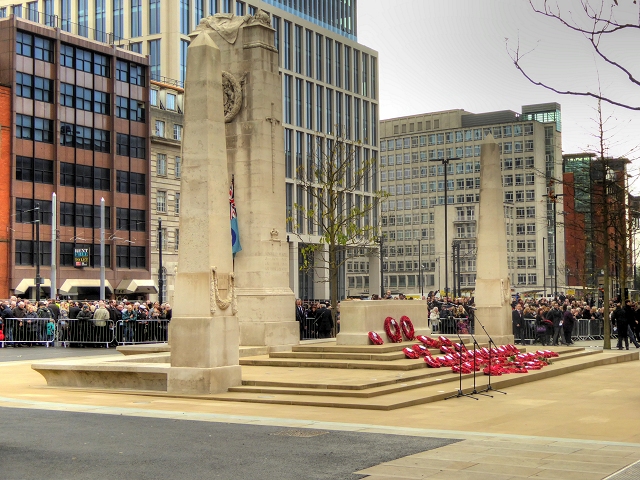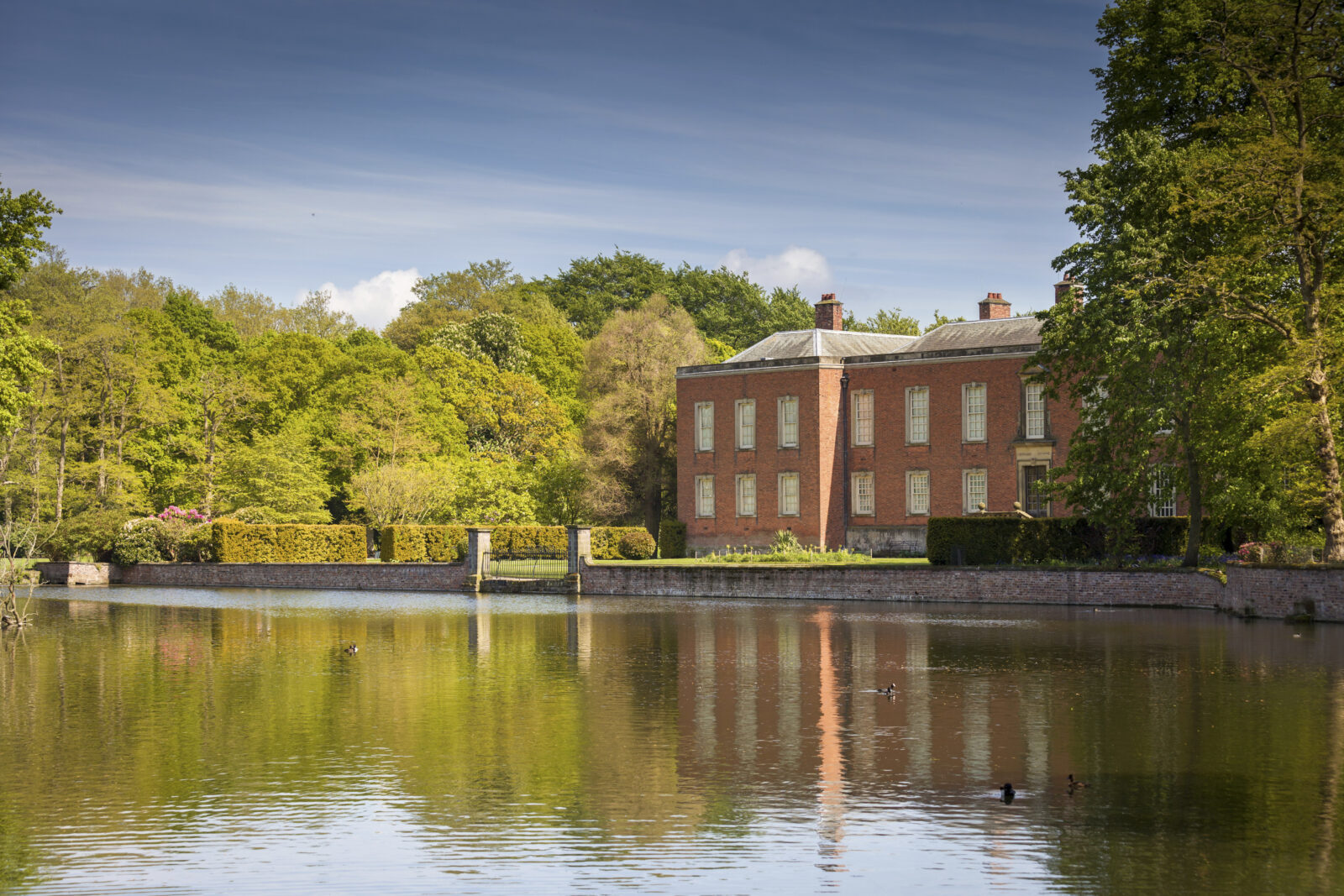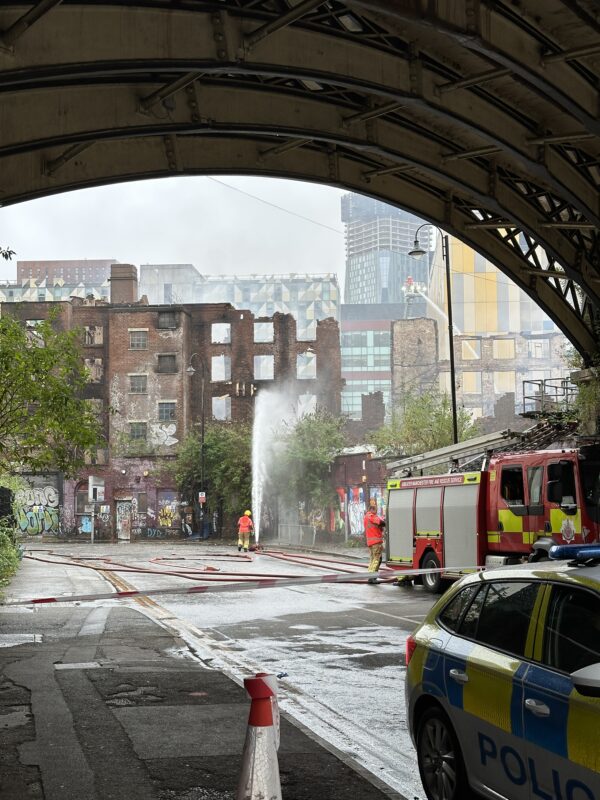News
Manchester’s Remembrance Sunday plans and road closures have been announced
The city will fall silent once again on Sunday 12 November.

Plans for Manchester’s annual Remembrance Sunday commemorations next month have now been announced.
All the road closures set to be put in place for the procession have also been confirmed too.
With the day to remember the fallen, and pay our respects to all those we have lost and who have been affected by historical or ongoing conflicts, only a few weeks away now, just as it does each year, Manchester City Council has revealed the details of how the city will mark Remembrance Sunday on 12 November.
As is generally the case most years, Manchester’s annual Service of Remembrance will take place at the Cenotaph in St Peter’s Square.
Proceedings will start at 10:30am and run through until midday.
Veterans and military personnel will march from John Dalton Street to the Cenotaph, where a service will be held at 11am, along with a two-minute silence, all before a short march then takes places to Peter Street across St Peter’s Square.


The two-minute silence will be observed at 11am, and the start and finish of this silence will be marked by the firing of a gun.
The Exhortation, The Last Post, and two-minute silence will be live-streamed on the day from 10:45am, and yo can watch it here.
In order for necessary security checks and safeguards to be carried out, Manchester City Council and CityCo has confirmed that a series of road closures will be implemented on Sunday 12 November between 7am and 1pm.
The following road closures will be in place:
- John Dalton Street (Deansgate to Cross Street)
- Princess Street (Cross Street to Portland Street) with a ‘hard closure’ at Back George Street
- Cross Street (Princess Street to King Street)
- Peter Street (Deansgate to Oxford Street) with a ‘hard closure’ at Watson Street
- Oxford Street (Peter Street to Portland Street) with a ‘hard closure’ at Hale Street
- Mount Street (Windmill Street to Albert Square)
- Museum Street (Windmill Street to Peter Street)
- Southmill Street (Windmill Street to Albert Square)
- Bootle Street (Deansgate to Mount Street)
- Lloyd Street (Deansgate to Southmill Street)
- Jackson’s Row (Deansgate to Southmill Street)
- Central Street (Southmill Street to Mount Street)
- Cooper Street (Kennedy Street to Princess Street)
- West Mosley Street (Booth Street to Princess Street)
- Bow Lane (Clarence Street to Princess Street)
- St James’s Square (South King Street to John Dalton Street)
- Ridgefield (Mulberry Street to John Dalton Street)

As well as road closures, there will also be a number of parking restrictions set to apply on the day too.
It has been confirmed that all parking bays – including accessible parking bays – will be suspended from 8pm on Saturday 11 November, right through to 5pm on Sunday 12 November.
The roads where parking restrictions will apply are.
- John Dalton Street (Deansgate to Cross Street)
- Princess Street (Cross Street to Portland Street)
- Cross Street (Princess Street to King Street)
- Peter Street (Deansgate to Oxford Street)
- Mount Street (Windmill Street to Albert Square)
- Oxford Street (Peter Street to Chepstow Street)
- Museum Street (Windmill Street to Peter Street)
- Southmill Street (Windmill Street to Peter Street)
- Southmill Street (Peter Street to Albert Square)
- Bootle Street (Deansgate to Mount Street)
- Lloyd Street (Deansgate to Southmill Street)
- Jackson’s Row (Deansgate to Southmill Street)
- Central Street (Southmill Street to Mount Street)
- Cooper Street (Kennedy Street to Princess Street)
- West Mosley Street (Booth Street to Princess Street)
- Bow Lane (Clarence Street to Princess Street)
- St James’s Square (South King Street to John Dalton Street)
- Ridgefield (Mulberry Street to John Dalton Street)
When it comes to other forms of public transport, Transport for Greater Manchester (TfGM) has confirmed that no trams will run through St Peter’s Square between 10:02am and 12:30pm on Sunday 12 November.
Read more:
- New road safety measures to make Manchester ‘congestion free’ are being introduced next month
- Metrolink disruption expected this weekend due to ‘essential engineering works’
- Incredible video shows one of Manchester’s most iconic landmarks turning into a ‘living statue’
More updates in this can be found on tfgm.com/plan-a-journey/events, and then for real-time travel information on the day, you’ll want to check the the TfGM website.
Featured Image – Wikimedia Commons














